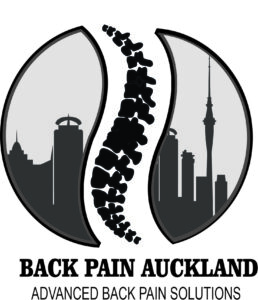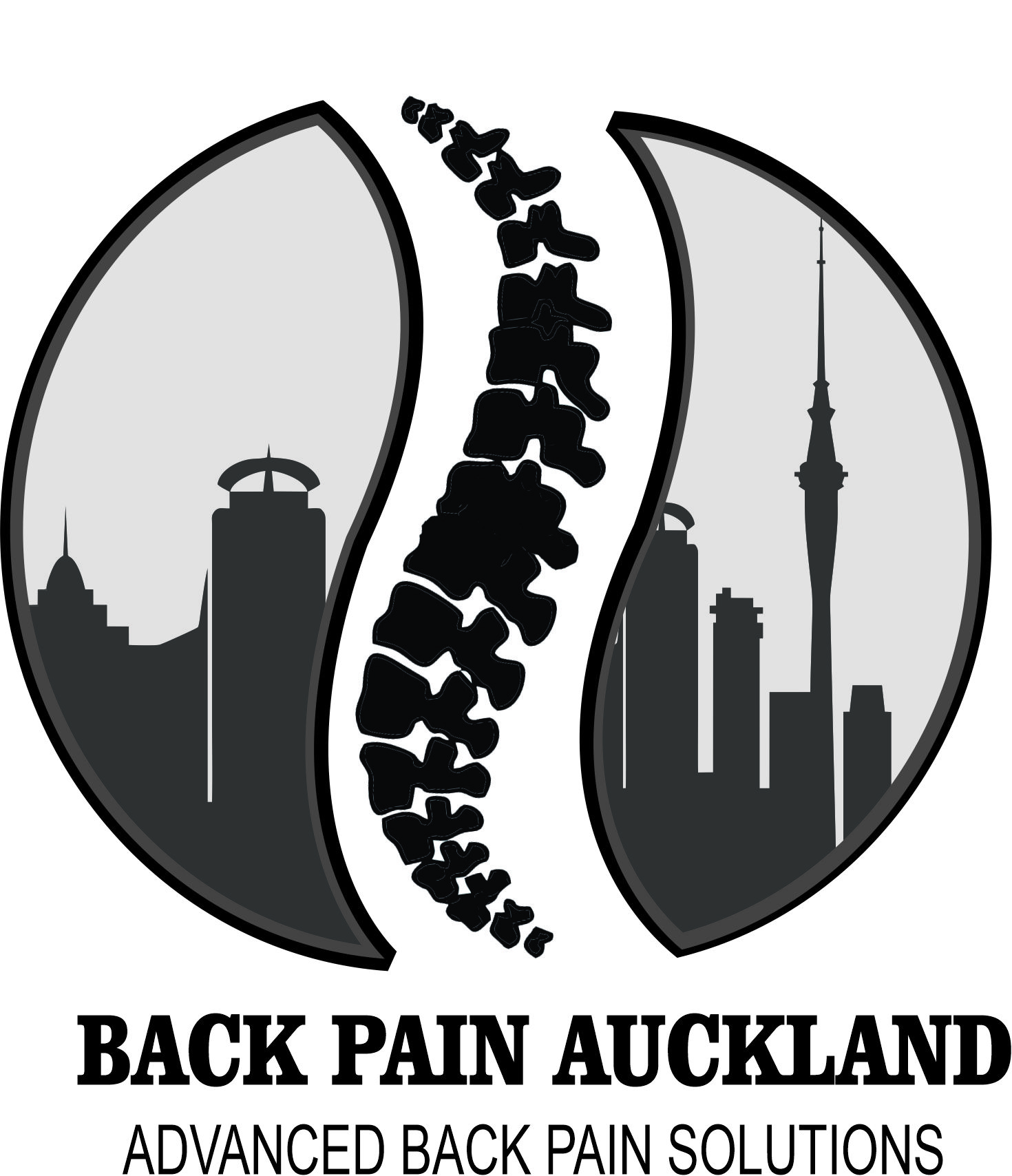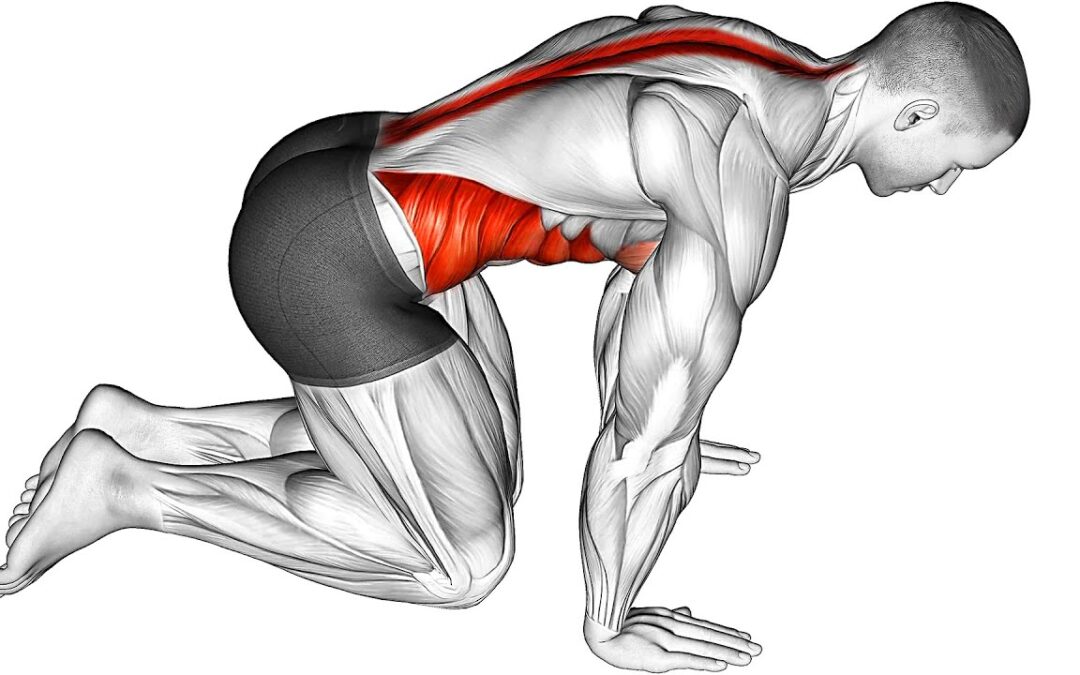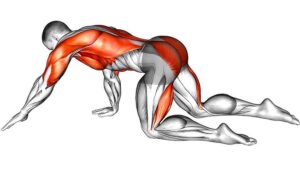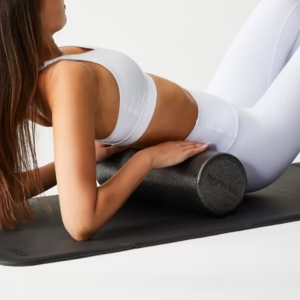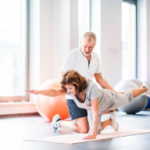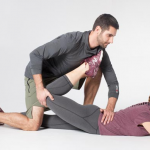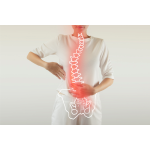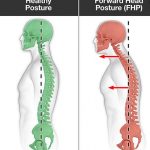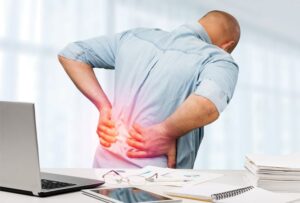 One of the key techniques we use at Back Pain Auckland to help clients move better and feel stronger is muscle activation. It’s a simple but powerful approach that re-engages the muscles responsible for supporting your spine, especially those that have switched off due to pain, poor posture, or inactivity.
One of the key techniques we use at Back Pain Auckland to help clients move better and feel stronger is muscle activation. It’s a simple but powerful approach that re-engages the muscles responsible for supporting your spine, especially those that have switched off due to pain, poor posture, or inactivity.
When done consistently, muscle activation can reduce pressure on the lower back, improve control during movement, and lay the foundation for long-term recovery and a pain-free back.
Why weak or inactive muscles contribute to back pain
Many people assume back pain is caused by something being tight or out of place. In reality, it’s often linked to muscles that aren’t pulling their weight. This can happen gradually, often without realising, as daily habits begin to shape how your body moves.
Sitting for long periods, avoiding certain movements due to pain, or recovering from injury can all reduce how often you use key stabilising muscles. When these muscles go quiet, the body adapts by leaning on other areas to keep you moving, even if those areas aren’t designed for the job.
For example, if the glutes aren’t doing enough during walking or lifting, your lower back may pick up the slack. If your deep core isn’t active, your spine misses out on the support it needs to move safely. Over time, these workarounds can cause strain, fatigue, and discomfort.
Understanding this chain reaction is an important step in recovery. We’re not just treating pain, we’re helping restore better balance and movement.
What is muscle activation?
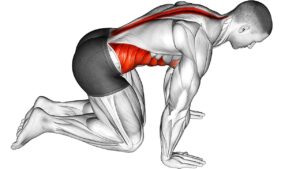 Muscle activation is the process of deliberately waking up specific muscles so they can do their job properly again.
Muscle activation is the process of deliberately waking up specific muscles so they can do their job properly again.
It’s not about building strength or working to fatigue, it’s about restoring the connection between your brain and your muscles, especially the ones that tend to switch off when back pain develops.
This can be as simple as holding a controlled position, engaging a specific muscle with bodyweight, or using slow, precise movements. It’s a technique we use often at Back Pain Auckland, especially in the early stages of recovery, to support better alignment, posture and spinal control.
Key benefits of muscle activation for back health
When muscles are properly activated, your body is better equipped to move, stabilise and recover. Whether you’re managing ongoing pain or working to prevent it from returning, muscle activation provides a strong foundation for long-term back health. Here’s how it helps:
- Improves posture and spinal alignment: Activating the right muscles helps support your spine in a more natural position, reducing the strain caused by slouching or imbalanced movement.
- Supports better movement habits: When stabilising muscles are switched on, your body moves with more control and efficiency. Over time, this leads to healthier patterns that protect your back throughout the day.
- Reduces pain caused by poor muscle engagement: Many people feel relief simply by getting the right muscles to start working again. Re-engaging these areas takes pressure off the lower back and allows the body to move with less discomfort.
- Helps prevent recurrence of injury: Activation is a key part of long-term prevention. It helps reinforce stability, balance, and muscular coordination – three things your back relies on to stay protected.
- Builds awareness and control through everyday movement: The more you practise muscle activation, the easier it becomes to carry that control into everyday activities like walking, bending or standing for long periods.
Most effective muscle activation exercises for back pain 
These simple, low-impact exercises are designed to wake up the deep stabilising muscles that support your spine. They’re beginner-friendly, don’t require heavy equipment, and can be done at home or as part of your recovery plan. The focus is on control and consistency, not speed or intensity. Try incorporating these into your daily routine:
Pelvic tilts
This gentle movement helps activate the deep core muscles that support your lower back.
- Lie on your back with knees bent and feet flat
- Gently tilt your pelvis to press your lower back into the floor
- Hold for a few seconds, then return to neutral
- Repeat for 10–12 slow, controlled reps
Glute bridges
Strengthening the glutes can take pressure off the lower back and improve hip stability.
- Lie on your back with knees bent and feet hip-width apart
- Press through your heels to lift your hips until your body forms a straight line
- Squeeze your glutes at the top, then lower slowly
- Perform 10–15 reps, focusing on even control
Dead bugs
This is a great way to challenge core control while keeping your spine supported.
- Lie on your back with arms extended and knees at 90 degrees
- Slowly lower one arm and the opposite leg toward the floor
- Keep your core braced and back flat against the floor
- Return and alternate sides for 8–10 reps each side
Bird-dogs
Bird-dogs activate the core and glutes while improving balance and coordination.
- Start on all fours, hands under shoulders and knees under hips
- Extend one arm and the opposite leg at the same time
- Keep your hips level and avoid arching your back
- Hold briefly, then switch sides. Aim for 8–10 reps per side
Wall sits or supported squats
These help train glute and core engagement while reinforcing upright posture.
- Stand with your back against a wall and lower into a seated position
- Keep knees above ankles and spine in contact with the wall
- Hold for 20–30 seconds, building up over time
- Alternatively, do shallow bodyweight squats with a chair or wall for support
Using a foam roller to prepare for activation
If certain muscles feel tight or restricted, it can be harder to activate the ones you need to support your back properly. That’s where foam rolling comes in. It helps release tension in overactive or shortened muscles, making it easier to move with control and engage the right areas during your activation work.
Foam rolling isn’t about pushing through pain or forcing muscles to relax. It’s a gentle way to improve circulation, ease stiffness and create better movement through the hips, spine and pelvis.
As a guide, keep the sensation to no more than a 6 out of 10 for pain. If it feels sharper or more uncomfortable than that, ease up or adjust your position.
Some helpful areas to target before activation include:
- Hip flexors – often tight from prolonged sitting and can limit glute activation
- Glutes – rolling here can help reduce tension and improve range of motion
- Lower back – gently rolling this area can release superficial tension, though caution is advised
- Quads and hamstrings – tightness here can affect pelvic alignment and posture
Move slowly over each area for 30 to 60 seconds, pausing on any spots that feel particularly tender. Breathe steadily, stay relaxed, and avoid rolling over joints or bones. Once tension is released, your activation exercises will feel more effective and controlled.
What to expect over time
Muscle activation is not a quick fix, but the results can be noticeable even in the early stages. As your body begins to move with better control, you may find daily tasks feel easier and your back feels less reactive.
Some of the early signs of progress include:
- Improved posture without needing to constantly ‘correct’ yourself
- Reduced tightness or tension through the lower back and hips
- A stronger sense of control during walking, bending or standing
With consistent practice, the long-term benefits become even more noticeable. Muscle activation helps restore balance through the spine and pelvis, which leads to more efficient, stable movement. Over time, this can reduce the frequency of flare-ups and lower your risk of future injury.
Many people also find they become less reliant on pain medications or passive treatments like heat packs or massage. Instead of managing pain after it appears, activation gives you a proactive way to support your back each day.
Ready to get on top of your back pain?
Muscle activation can make a real difference, but it’s most effective when tailored to your body and your specific needs. At Back Pain Auckland, our thorough assessments help identify which muscles aren’t doing their job, and we’ll guide you through exactly how to switch them back on with simple, targeted exercises.
Many people notice improvement straight away. With the right support, you can start moving better, feeling stronger and taking control of your recovery.
Book your assessment today and let’s take the next step toward long-term back health.
